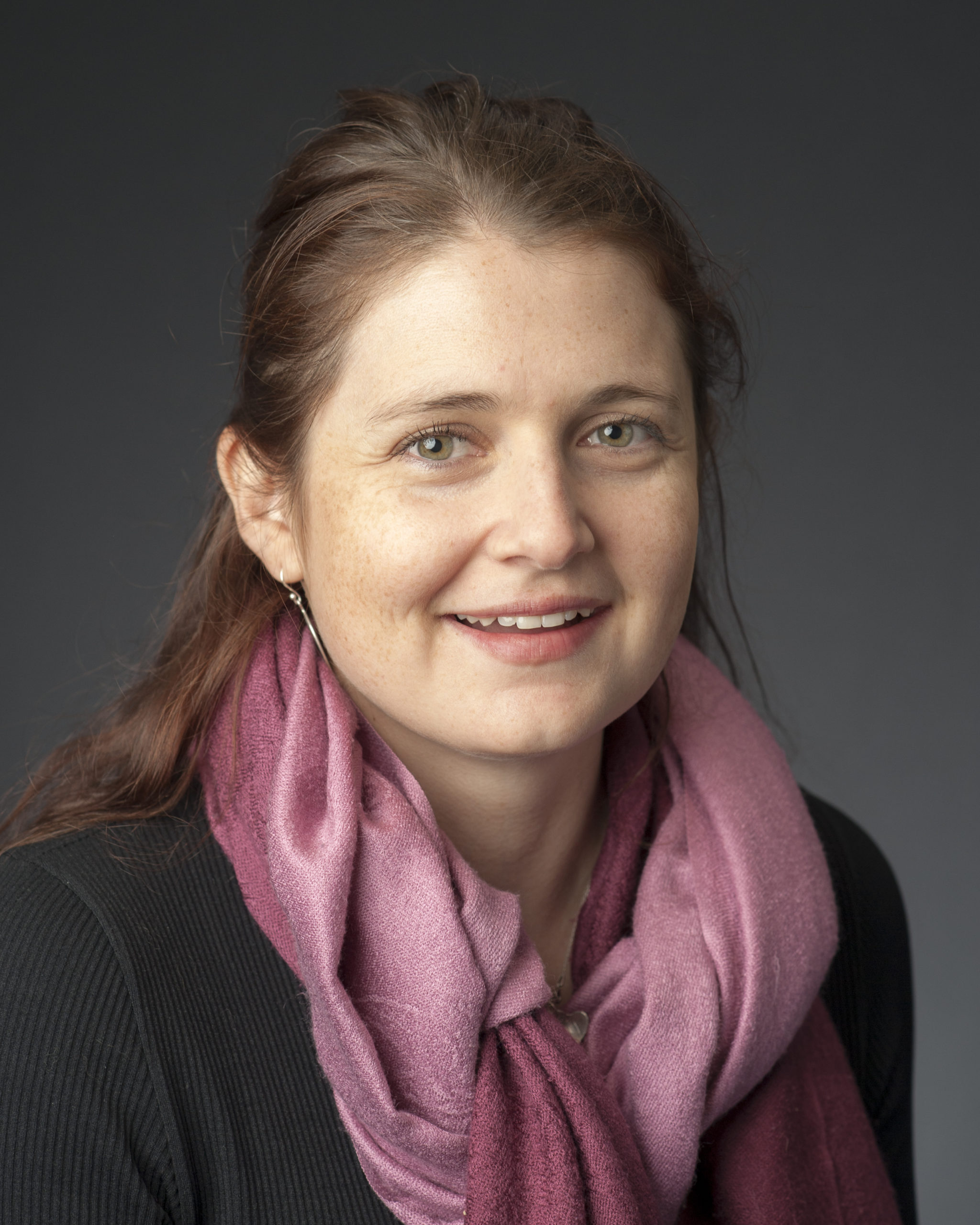

Blog

Burnt out with no end in sight
Wednesday November 4, 2020
Every year, the AMA (WA) Hospital Health Check publishes important data about junior doctor burnout, wellbeing, teaching and training, and access to leave – the aim being to highlight programs that are working well and shine as bright a light as possible on areas screaming for reform.
The message from our doctors in training (DiTs) this year is clear – and we need to act. Doctors need to spend the next 12 months taking better care of one another.
Employers of doctors need to realise just what this extraordinary year is going to mean for fatigue, morale and the future of our medical workforce.
Our burnout scores are a measured representation of exhaustion, hopelessness and compassion fatigue, all of which develop in professional caregivers exposed to prolonged periods of high stress. Staggeringly, in some WA hospitals, up to 40 per cent of the total medical workforce is suffering from dangerous levels of burnout.
Leave Stress
While the prospect of COVID-19 hitting our health system was, and still is, a constant stress for health workers, the biggest challenges have emerged from secondary impacts of the virus. Not least of these is the absence of our northern hemisphere DiT workforce who usually arrive in the hundreds this time of year to provide some much-needed leave relief and roster buffering.
Leave is a key mechanism for coping with the demands of our profession. However, with leave all but unavailable and neverending calls to fill critical gaps in rosters, we find our workforce more stressed and isolated than ever before.
Exhausted registrars are working well beyond their contracted hours. RMOs are stepping into registrar roles and we even have interns being inducted into our hospital system earlier than usual in order to relieve some pressure. The incredible dedication of the entire workforce must be acknowledged and we should be aware of the enormous sacrifices being made behind the scenes.
Training Stress
Building CVs for application into training programs is expensive and exhausting, as we focus on higher education, research, and upskilling all the while trying to be the best junior doctor possible. With the training bottleneck worsening annually, however, this process for some has consumed many years and tens of thousands of dollars.
The impact of COVID-19 on our training pipeline and those unaccredited candidates stuck in the pre-training space for another year of uncertainty, will be felt for many years to come. So, be kind and if you are in a position to offer support and mentorship, please do.
Exam Stress
The cancellation, rescheduling and failed administration of specialty exams has been another huge source of stress this year. Specialty exams are an enormous undertaking. Many study intensely for years. Junior doctors spend thousands of dollars in exam fees and prep courses, and for some of our community-based colleagues without access to leave allocation, the current disruption represents a fair amount of lost income.
I can’t even imagine what it has been like for those who have dedicated their scant spare time to studying for such an exam only to have it cancelled at short notice (or even part way through) and to have no end to their training in sight.
The coming year will see a layover of candidates attempting to clear exams, an increase in the number of staff taking time off for study, and an influx of many into an increasingly uncertain employment market. For many, this challenging time is far from over and they will need the support of their seniors, colleagues, and hospital administration.
Easing stress
While chronic workforce shortages, inadequate leave access and rostering have led to DiT burnout across WA Health for many years, 2020 has caused an unexpected strain on the system. While much needs to be done to mitigate ongoing issues, we should tread gently in the coming months. Offer words of advice and praise. Look out for people who are struggling and point them in the direction of support services. And, if you want to be involved in developing solutions, come along to our DiT meetings.

